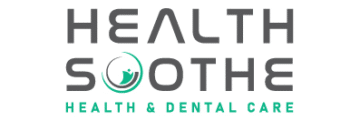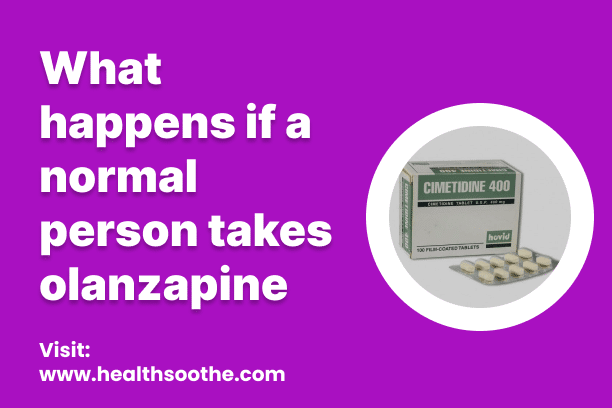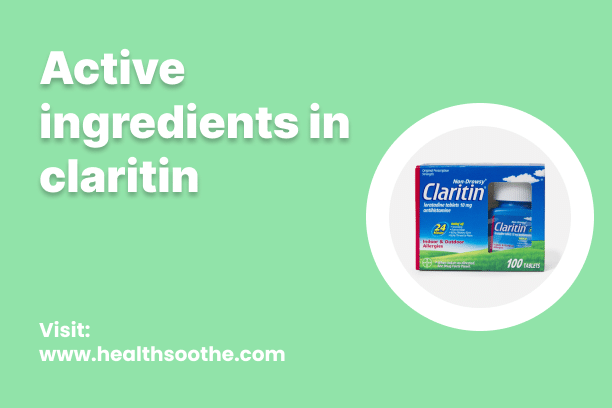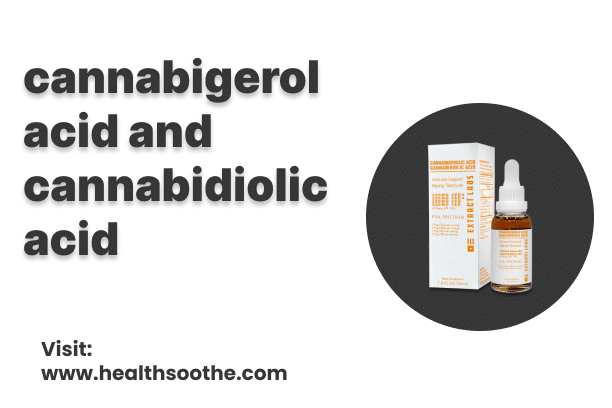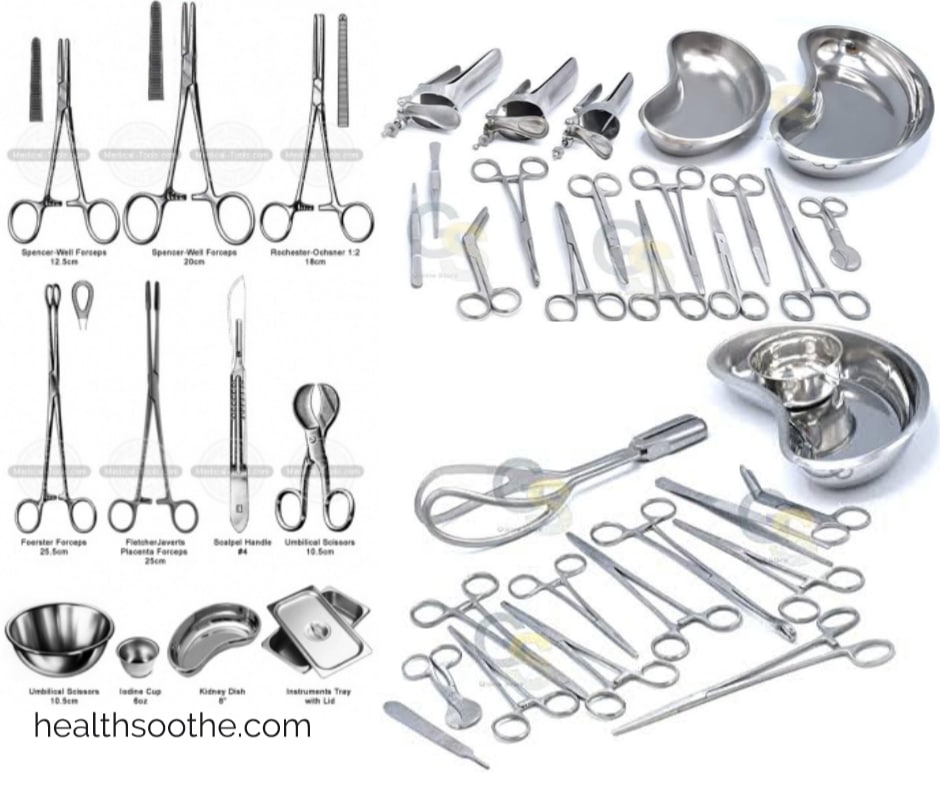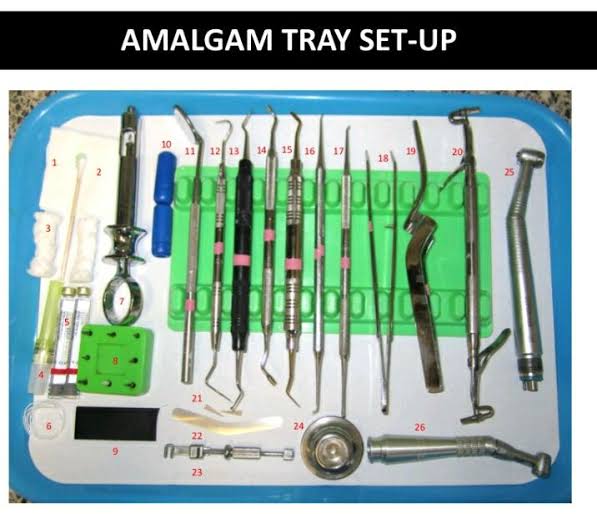Either on your own or with the help of a pediatrician, you’ve carefully chosen the brand and type of formula your baby will consume for the first year of life. This is an important decision because the formula will provide all your little one’s nutrition needs until you can make the switch to solid foods.
Beyond choosing the right formula, you must also prepare it and the bottles correctly as well as store it properly between uses. Your baby’s wellbeing depends on it, so follow the steps below to ensure your baby’s nutrition and prevent food-related illnesses.
Step 1: Look at the Expiration Date
Every container of baby formula has an expiration or use-by date. You need to check each can for its expiration date to be sure it is safe for your baby to eat. If the expiration date has passed, throw the container out and open a new one. Never feed your baby expired baby formula.
Step 2: Wash Your Hands
Just as you wash your hands before preparing your meals, you should always wash your hands before preparing a bottle for your baby. Furthermore, you should make sure the area in which you are preparing this bottle is clean.
Step 3: Sterilize the Bottles and Bottle Accessories
Sterilize new bottles, nipples, rings, and caps in boiling water for five minutes before using them for the first time. After this initial sterilization, you don’t need to sterilize the bottles and accessories again unless your child is premature or has an immunodeficiency disorder. Continuing to sterilize bottles for these conditions is a good idea as it will help keep your baby healthy. A travel bottle sterilizer is also a good idea for when you’re out and about.
Step 4: Add Water
Baby formula comes in three different formats: concentrated, powdered, and ready-to-eat. If you’re using concentrated or powdered, you’ll need to mix it with a recommended amount of water. Any clean water is fine for adding to baby formula, including tap water. However, if you’re concerned about your drinking water supply, you can have your water tested or use distilled bottled water instead. If you have well water, you’ll want to boil it for one minute to kill bacteria and then let it cool to body temperature, which is 98.6 degrees.
Something to think about when choosing the water source for your baby’s formula is its fluoride content. Pediatricians recommend your baby’s formula contain fluoride to help prevent tooth decay. If your water supply doesn’t contain fluoride, your pediatrician may recommend a supplement.
Step 5: Measure the Formula
Each type of formula comes with instructions to properly prepare it. Follow these instructions carefully to make sure your baby receives the proper nutrition. Remember, formula is also your baby’s only source of hydration, so don’t skimp when measuring the ingredients into the bottle. Babies need exactly what the label says to be happy and healthy.
Step 6: Warm the Formula
You can give your baby room temperature or cold formula, but if they prefer it warm, place a filled bottle in a bowl of hot water and let it sit for a few minutes. Never heat formula in the microwave as it can create hot spots that can burn your baby’s mouth. The formula should feel lukewarm when dripped on the back of your – that’s how you know it’s been warmed perfectly.
Choosing your baby’s formula and preparing it properly are important tasks for every new parent. Your child depends on you, so follow the steps above to make sure you’re preparing the baby formula correctly.
